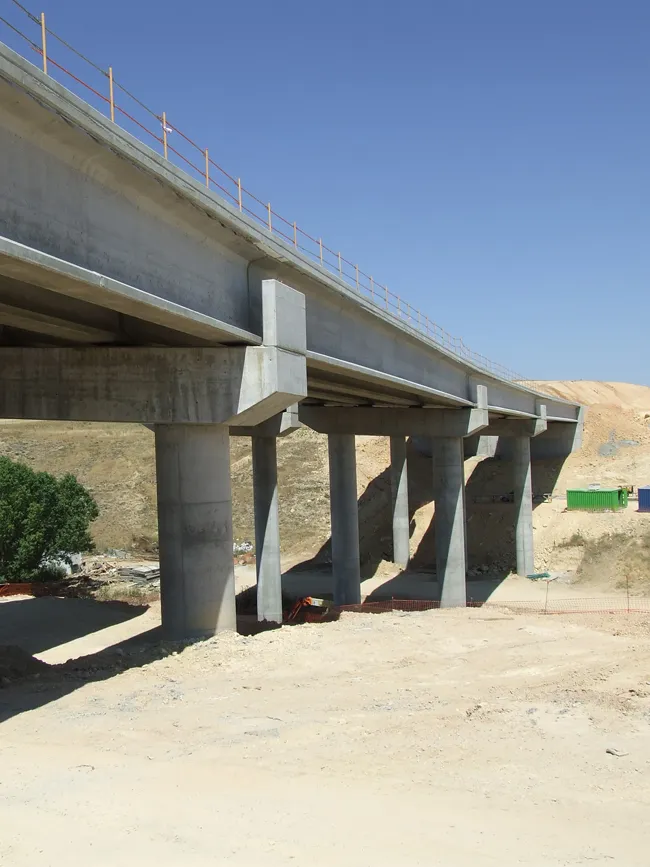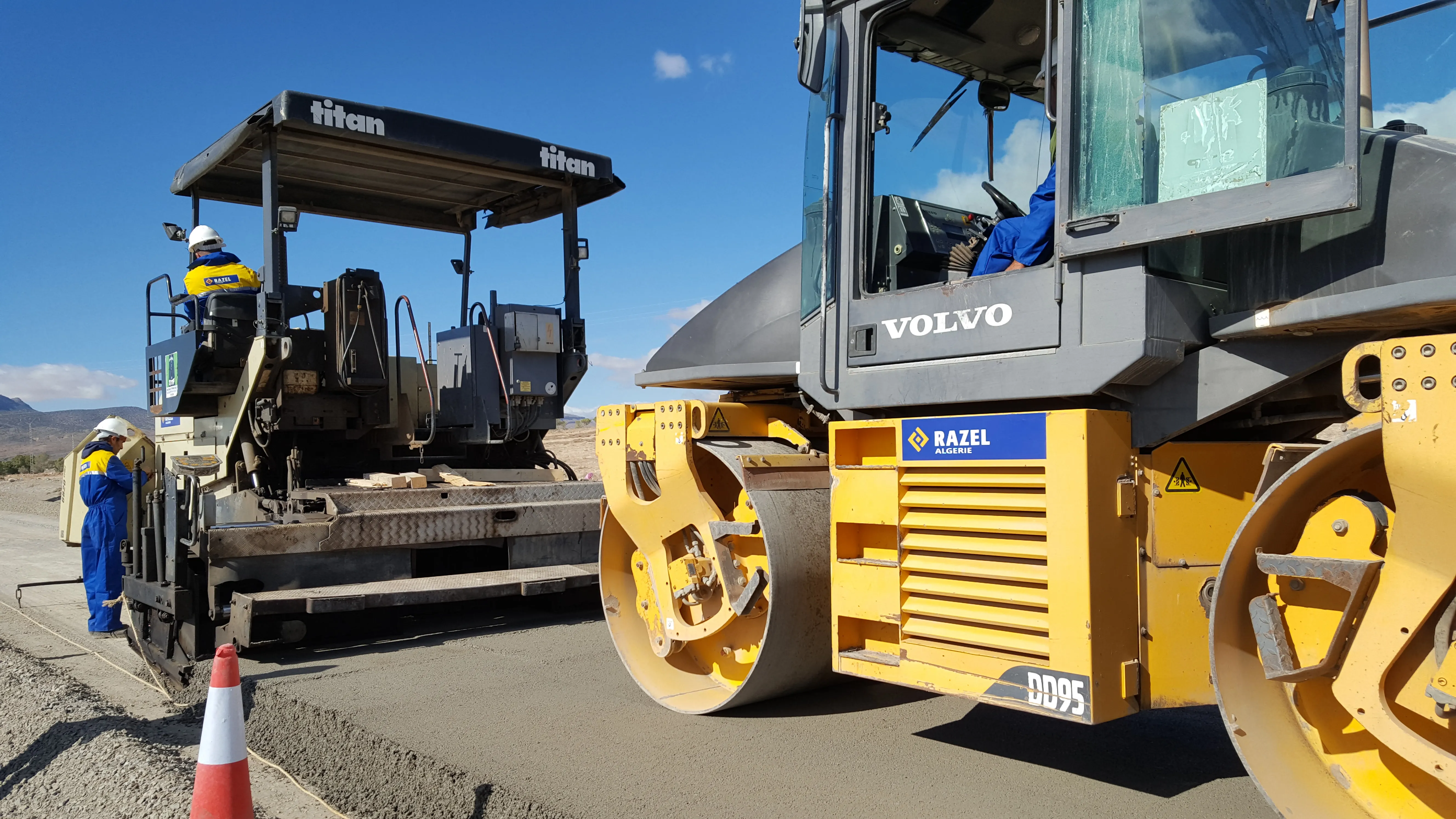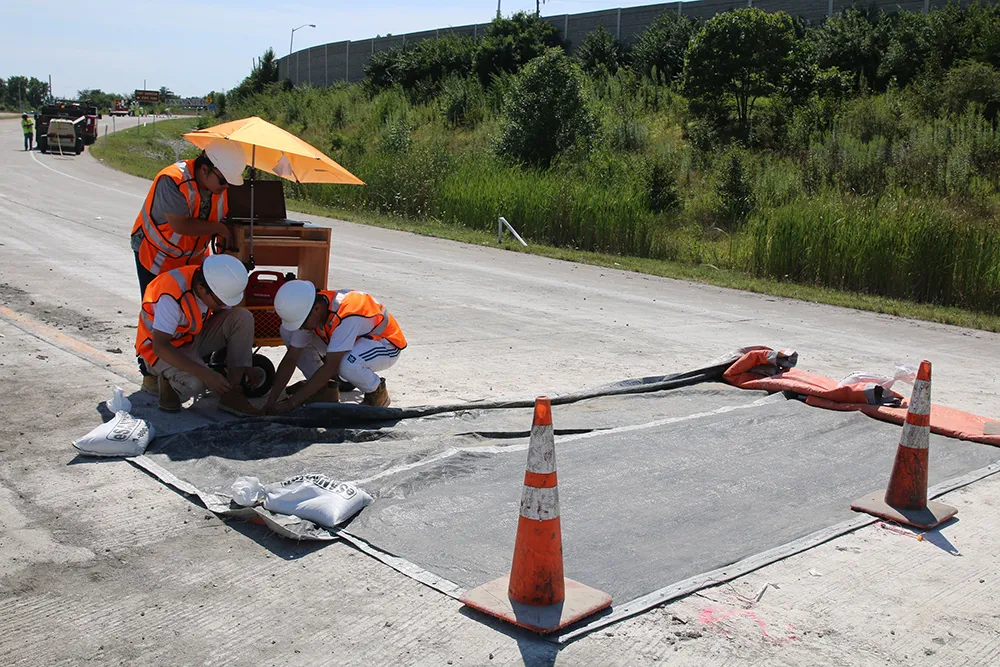
A key question has always existed in the infrastructural sector; which material to use in order to reduce the time and efforts spend for maintenance required for construction of a particular structure? Fortunately, a material already exists to provide the necessary results. No surprises here – it’s not a special compound, rather it’s a variation of the most common building material ever used, viz. self-healing concrete. This compound has been embraced on a fairly large scale now, thereby giving rise to a distinctive self-healing concrete market from a global perspective.
The origins of self -healing concrete probably lie in the Roman times, when the Empire started using a slightly different version of concrete to build underwater structures. This material supposedly provided improved durability, high strength, and ability to fend of deteriorating chemical reactions. In a way, the self-healing concrete market concrete market has existed in some form or the other since over 2000 years. The market’s evolution however began dramatically at the turn of the century, with bio-based and synthetic self-healing concrete varieties finding use in specific infrastructural projects.
Why Self-healing Concrete? The Answer Lies in the Constituent Ingredients, Scientists Say
Coming back to the first use of the self-healing concrete, the researchers from the University of Utah have said to stumble upon the materials secret. The reason this concrete provided high durability is due to the presence of lime and volcanic ash in its make-up. Moreover, the mixture contained a rare mineral called Aluminum Tobermorite, which undergoes crystallisation after coming in contact with sea water. Thus, the added strength due to a crystallised form has always been a key factor driving growth in the self-healing concrete market since ancient times. Players such as Acconia Infraestructureas Fescon, Avecom, and Basilisk, are already taking inspiration from these institutes, consequently manufacturing the concrete through the presence of the self-healing concrete market.
A Brief Look at the Modernized Self-Healing Concrete Market
Currently, a major focus for construction companies lies in using concrete that can repair itself. The repairing process is highly necessary mainly during an event wherein a structure experiences damaging effects. In addition, the modern self-healing concrete market offers materials that can withstand the effects of weathering due to long term exposure to external elements. The latter property is highly useful mainly for the construction of roads, highways, bridges, and other routes necessary to facilitate high transportation footfall. Moreover, such structures weather out faster than the others, thus demanding the use of materials like self-healing concrete.
Cracks can occur in most concrete structures, and if they are not treated early on, they might go on to become a great nuisance for the structure’s integrity. Hence, the need for using materials like self-healing concrete is largely felt while building modern structures. The global self-healing concrete market is by far showcasing a major uphill progress, and is expected to continue the same owing to demand for reduction in maintenance costs of cracks and other structural issues.
New concrete types in the self-healing category are being worked at places all over the globe. A key example involves using limestone-producing bacteria, which is an approach implemented by researchers at the Rutgers University. The material scientists are making use of a limestone-producing fungus called Trichoderma Reesei. This mixture added to concrete is said to fix the cracks formed in concrete surfaces.
Why A Booming Construction Industry is not enough for Growth in Self-Healing Concrete Market?
With every passing day, the construction and infrastructural sectors witness profound development. However, rampant construction is not enough for bringing in extensive development in the global self-healing concrete market. Rather, in almost every field, it is all about how the environment can be saved from the impact of urbanisation and mushrooming of concrete jungles. And this is where use of self-healing concrete comes into picture, wherein reduction in maintenance costs greatly contributes towards decrease in carbon footprint of a constructed structure. With regards to all aspects, %$Linker:








